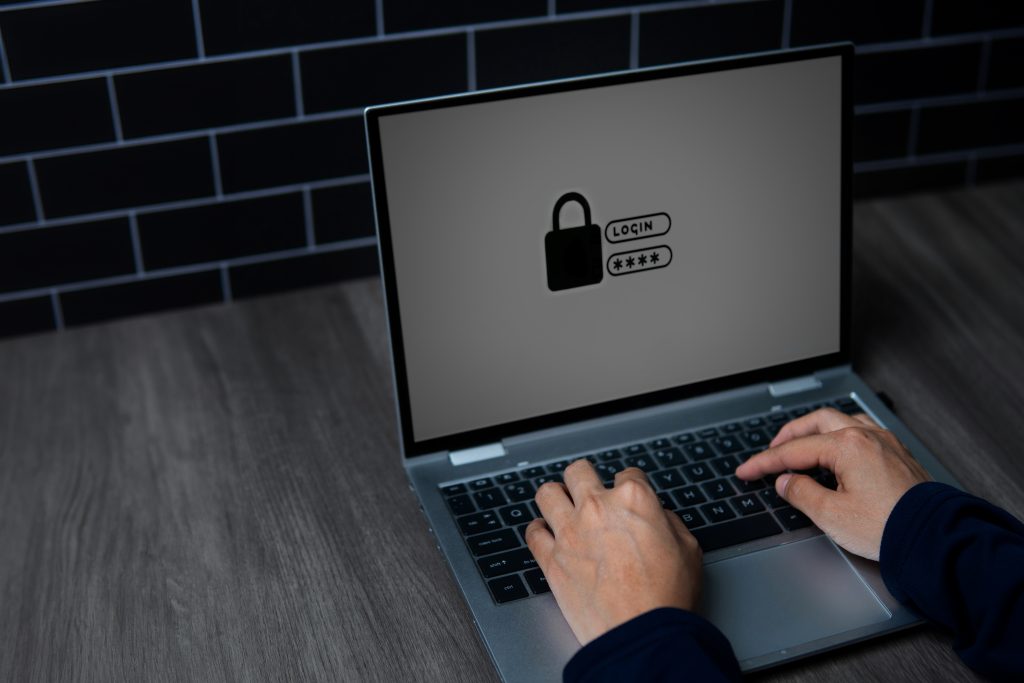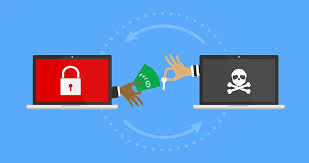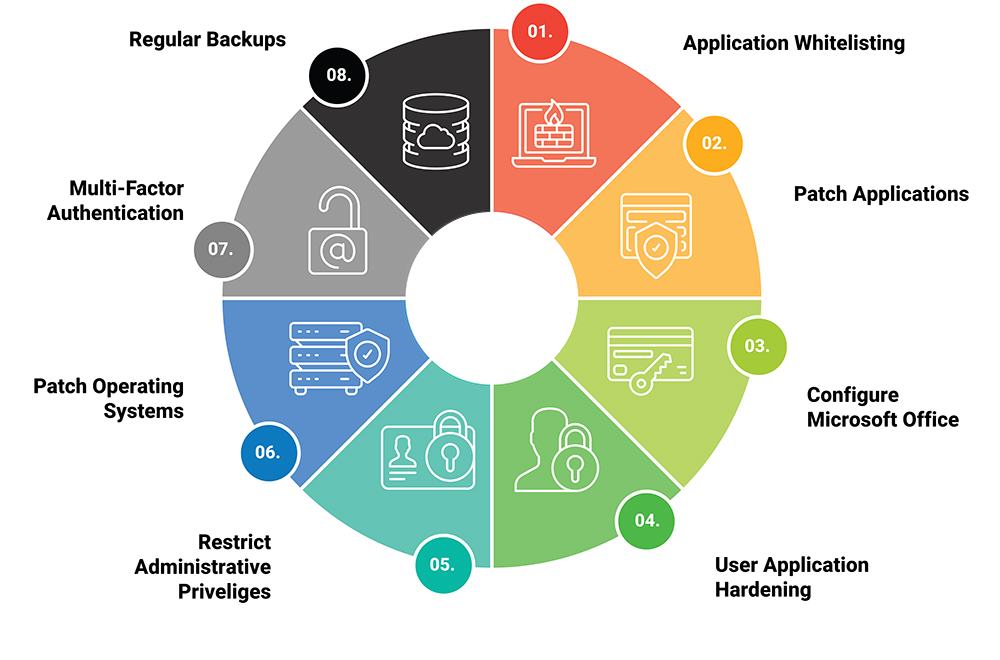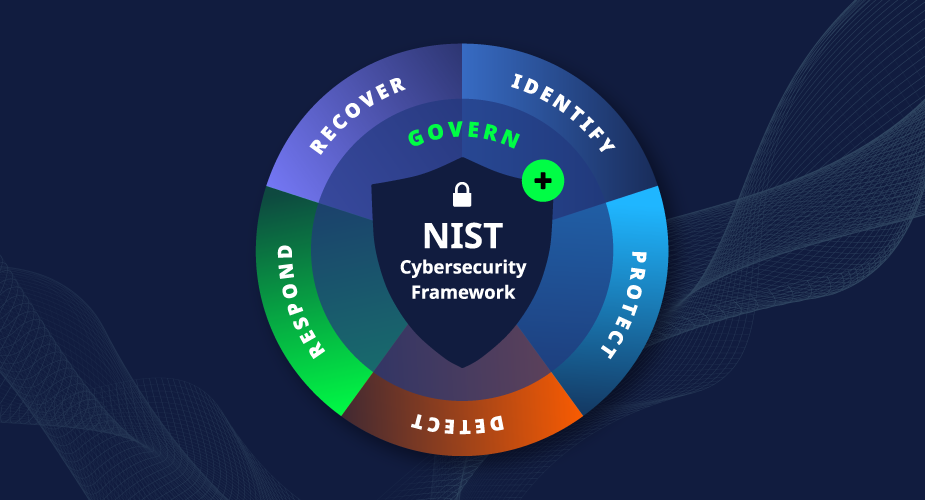
In today’s digital world, personal data is highly vulnerable. Therefore, it’s crucial to learn how to strengthen your passwords. World Password Day on May 1st is a great reminder to review your password habits. By following NIST’s password guidelines, you can significantly boost your online safety. This post explores how to strengthen your passwords using simple, effective methods.
Understanding the Importance of Strong Passwords
Strong passwords protect your accounts from unauthorised access. In contrast, weak ones are easy to compromise and can expose your personal data. As cyber threats grow, our approach to password creation must evolve. Knowing how to strengthen your passwords is a key step in protecting your digital identity.
For this reason, online cybersecurity awareness training can help you improve your password habits. These courses stress the importance of password strength and teach current best practices. As a result, strengthening your passwords helps defend against phishing attacks and other cyber threats. Therefore, understanding how to strengthen your passwords gives you a practical edge against online risks.
Key Password Guidelines from NIST
To help users, NIST offers clear, effective rules that explain how to strengthen your passwords:
- Create Longer Passwords
First, focus on length over complexity. NIST recommends passwords with at least 12 characters. This is because longer passwords are harder to crack. This is a simple but powerful way to strengthen your passwords. - Avoid Predictable Patterns
Avoid using common info like birthdays or pet names. Instead, use a passphrase made of random or memorable words with punctuation. For example, “Sunshine&Coffee@42Nights!” is far better than “Password123”. This tactic makes it much easier to strengthen your passwords without sacrificing memorability. - Unique Passwords for Every Account
Additionally, never reuse passwords. If one account gets breached, others will be vulnerable. A password manager can help you create and store strong, unique passwords for each login. Using different passwords is another simple way to strengthen your passwords and reduce risk. - Change Passwords When Needed
You should update passwords if you think an account is compromised. However, don’t change them too often without reason, as this can lead to weaker choices. Instead, focus on how to strengthen your passwords in response to actual threats.
The Role of Multi-Factor Authentication
Strong passwords are vital. However, they are even better when combined with multi-factor authentication (MFA). MFA requires extra verification, like a code or app-generated token. Even if someone steals your password, MFA blocks access.
Best Practices Beyond Password Creation
Of course, knowing how to strengthen your passwords is only part of the solution. You should also follow these habits to stay secure:
- Watch for Phishing: Always check sender addresses and avoid strange links or attachments.
- Update Software: Regular updates fix security flaws and help protect your data.
- Keep Learning: Stay informed with cybersecurity updates. Learning how to strengthen your passwords works best when paired with up-to-date security knowledge.
Final Thoughts
This World Password Day, take time to review how to strengthen your passwords. Use NIST’s recommendations and enable MFA wherever possible. Ultimately, being proactive can protect your personal data in an increasingly risky digital world.
For more expert advice, contact White Rook Cybersecurity.





